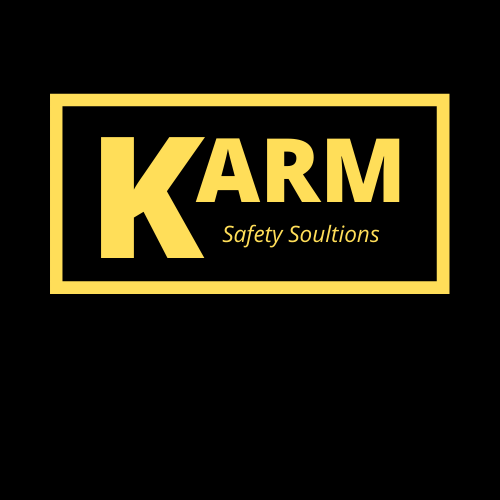Title Page
-
Client
-
Supervisor
-
Date:
-
Time start
-
End Time
-
Prepared by
-
Project
-
undefined
Requirements
Requirements
-
Oregon requires postings
-
Emergency Phone Numbers Posted
-
First Aid supplies
-
Eye wash station
-
OSHA 300 summary posted February 1st to April 30th
-
Map to Emergency Medical posted
-
Safety meeting held
-
First Aid Trained Employees if medical further than 15 minutes away
-
Water on Site
-
SDS Sheets on site or on a Company APP.
PPE
-
Hard hats worn
-
Hearing protection
-
Safety harness worn
-
Safety boots worn
-
Safety glasses worn
-
Respirator worn
-
Safety vests or high visual clothing worn
House Keeping
-
Site trailer clean
-
Cords and hoses safely placed around site
-
Walkways and stairs clear of debris and materials
-
Restrooms clean
-
Work area clean
-
Gang boxes clean
-
No Smoking Signs
-
Rebar capped
Fire protection
-
Fire fighting equipment placed around site
-
Fire extinguishers Inspected and Tagged Monthly
-
Fire Extinguisher at each Staircase on 2nd Floor and Higher
-
Fire fighting equipment marked and accessible
Electrical
-
Temp lights have bulb guards
-
Sufficient lighting
-
Lockout used to de-energize operational system
-
All cords and tolls have ground prongs
-
GFCI on all cords used outdoors
-
Extension cords heavy duty
-
No Black Tape Repairs or Wires Showing
-
Cords free of cuts
Tools
-
Power tool cords and plugs in good condition
-
Power tools have guards
-
Broken tools tagged out of service
Ladders
-
Straight ladders extended over 36 inches above landing
-
Straight ladders have feet or blocked at bottom
-
Straight ladders setup with a slope of 4 to 1
-
Step ladder's top 2 steps are not in used.
-
Straight ladders secured at Top to Prevent Movement
-
Ladder Duty Rating present on all Ladders
-
Ladders free of damage
Scaffolds
-
Scaffolding fully planked
-
Scaffolding braced correctly
-
Workers prohibited from riding on rolling scaffolding
-
Ladders not used on scaffolding
-
Sill plates used on scaffolding
-
Pump Jack ladder Braced every 16 feet if over 24 feet tall
-
Pump Jack Scaffold has Sill Plates under Poles
-
Fall protection used on scaffolding above 10 feet
Boom and Scissor
-
Workers trained to operate
-
Scissor entry chain or gate closed
-
Decal condition legible
-
All Machines have an Annual Inspections Done
-
Machines Uses on Solid Ground
-
Workers wearing harness in boom lift
Hand Rails and Covers
-
Floor holes over 2 inches are covered and labeled hole Per OSHA
-
Windows Openings have braces set between 39 and 45 inches
-
Door Openings Have top brace at 39-45 inches and a mid brace at 21 inches
-
Openings over 19 inches Wide have bracing to prevent falls
-
Toe boards present if needed
-
Safety bracing will withstand 200 pounds of force in outward direction
-
Safety Braces have an Upright every 8 feet per OSHA
-
Railings have top and middle bracing
Trench and Excavation
-
Workers stay within shored area
-
Excavation spoil stored 2 feet back from trench edge
-
Soil Piles in the adjacent area don't exceed 2 feet in height (The adjacent Area is equal to the depth of the trench)
-
Ladders placed no further than 25 feet form the workers
-
Excavation de-watered as needed
-
Shore boxes above or level with surface
-
Ladder in trenches over 4 feet deep per OSHA
-
Excavation 5ft or deeper shored per OSHA standard
-
Competent person present ( Ask Workers if they know who it is)
Silica
-
Cutting wet present
-
Vacuum 90% effective if used for silica
-
Respirators used when required by the task per OSHA
-
Table 1 followed per OSHA
Forklift
-
Forklift in good condition
-
Tires in good condition
-
Forklift Attended
-
Decals in good condition
-
The seatbelt is used per OSHA requirements
-
Operators manual in forklift
-
Load chart legible
Summary
-
Summary






